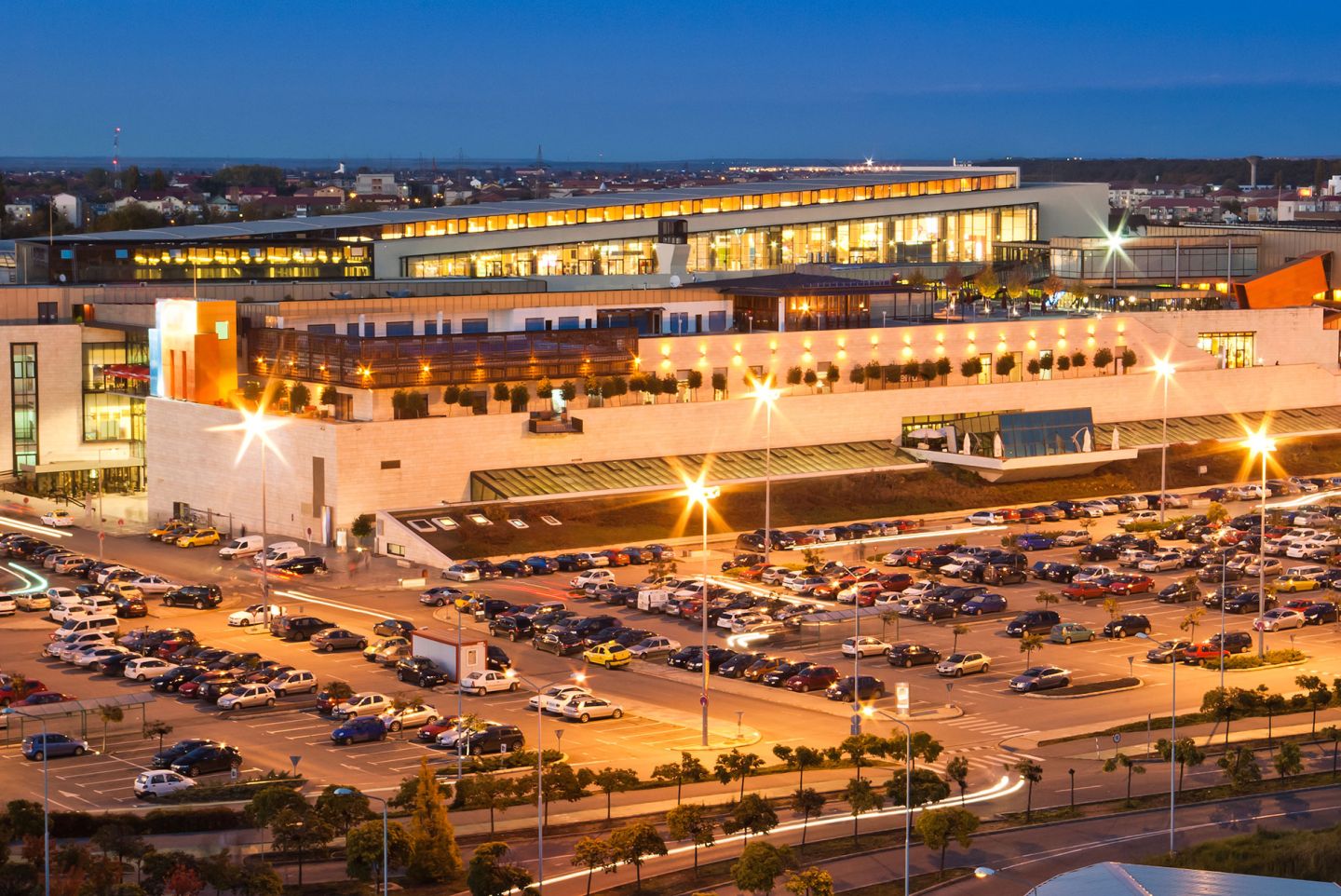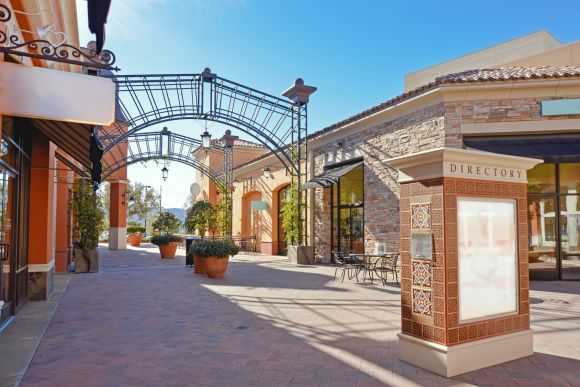By Bill R. Shelton, CEcD
Most retailers and restaurants want and need generators to help attract customers. The exceptions are those retailers that due to their size, merchandise selections, or prices are themselves generators. Brands that are in this category are often big box retailers and some also have the reputation of being a destination retailer because of their individual power to draw consumers - not only from the immediate trade area, but also from distant markets.
Generators are concentrations of activities that attract people and provide the retailer with sales opportunities. Of the many types of generators, perhaps the first were downtown areas. Downtowns were historically concentrations of courthouses and city halls, businesses, railroad stations, financial institutions, entertainment venues, stores and restaurants and numerous other public and private activities. The collective generative power of these activities made downtown desirable for retail and commerce.
For the community that wants to attract and grow its retail base, activity generators are important components of a marketing and sales strategy, yet frequently are not included in marketing materials. The following three activity generators are important differentiators and their inclusion in marketing presentations could be a competitive advantage.
Traffic Counts/Flow
Traffic counts report the number of vehicles that pass a specific location on a street or highway and are usually reported for an average 24-hour period. Traffic counts as such are not necessarily generators, but are a gauge of activity levels such as employment centers, shopping areas, schools and educational institutions, and other generator facilities. Traffic counts coupled with traffic flow, which reflects the amount of traffic and direction on specific roadways, are used as indicators of accessibility and to compare possible store locations.
Traffic counts for average 24-hour periods are the norm, but some retailers and restaurants desire to have counts by different dayparts.
Workforce Concentration
Employment centers with a critical mass draw retailers and are major activity generators. Many of these centers operate five days a week and in one eight-hour shift, but those in or near industrial areas, college campuses, hospital complexes and military bases with 24/7 operations afford retailers expanded opportunities that are often evidenced by the proliferation of restaurants and service-type retailers.
Transportation Hubs
Airports generate retail opportunities in terminals for both passengers and employees, as well as the area around airports – particularly near concentrations of hotels. While railroads today carry fewer passengers, they have historically been a center of activity and with the emphasis today on transit development many retailers are finding locations in or near Transit-Oriented Developments (TOD).
Generative activities are important to the retailer because the opportunity to intercept customers is an added bonus to the retailer’s ability to generate customers totally on their own and can be the difference between success and failure. The competitive community will use these three generators plus all others to add value to their marketing efforts.


